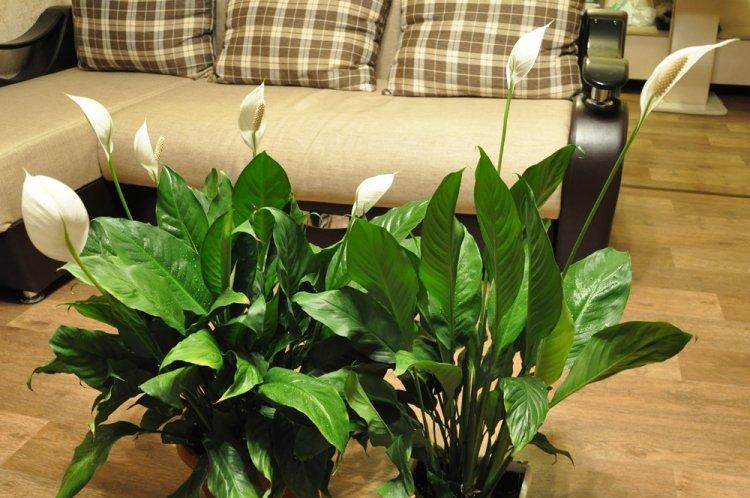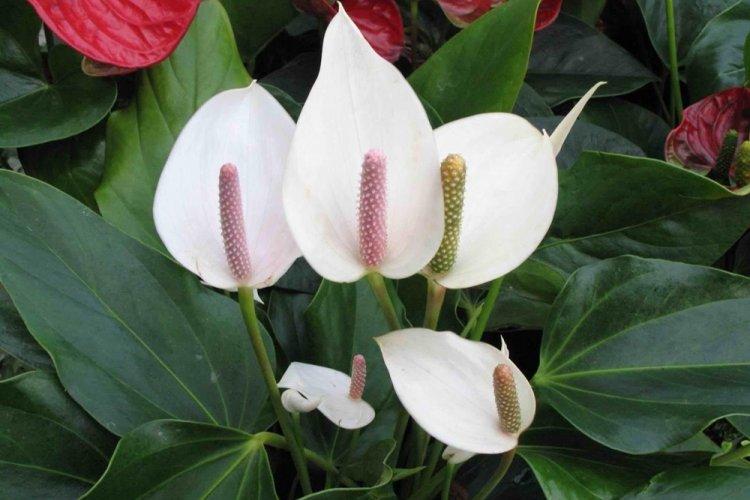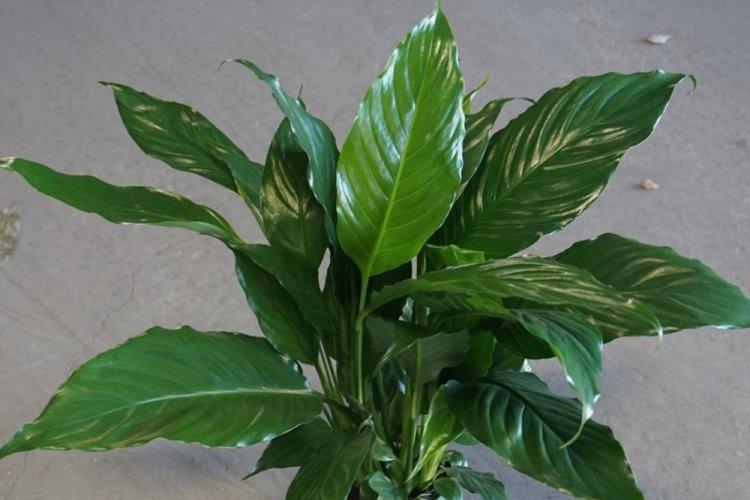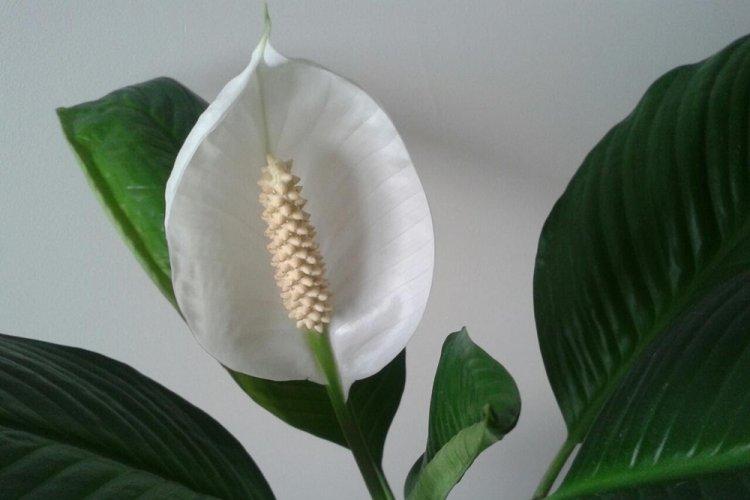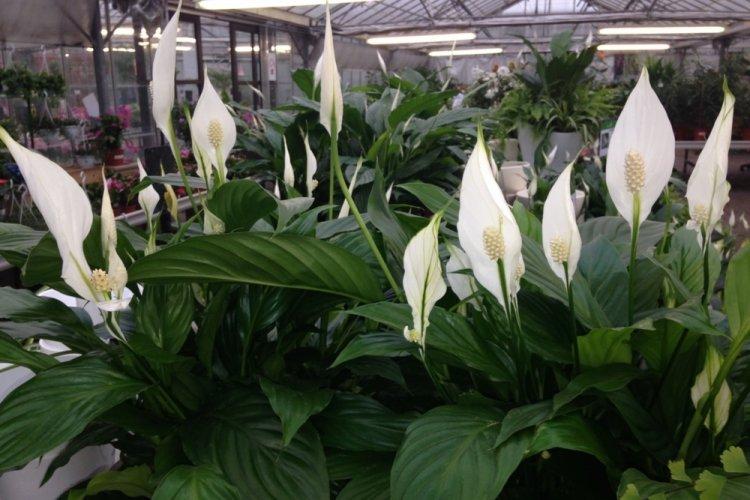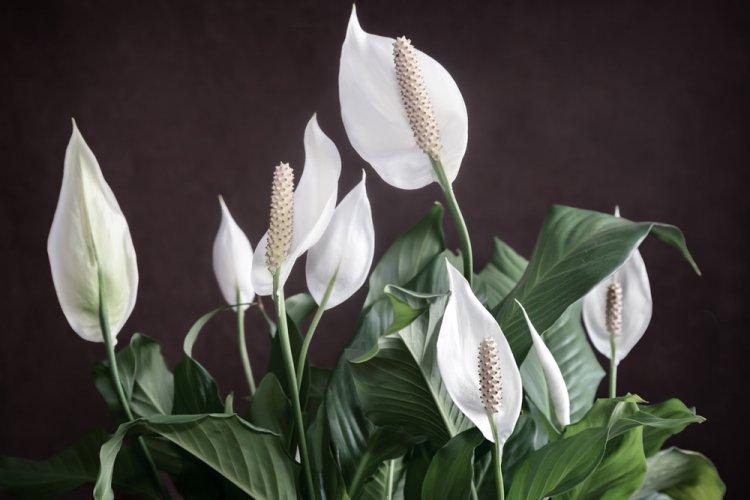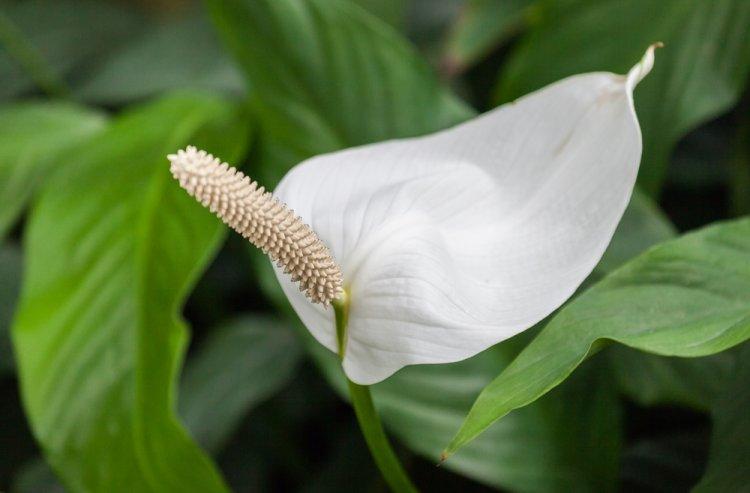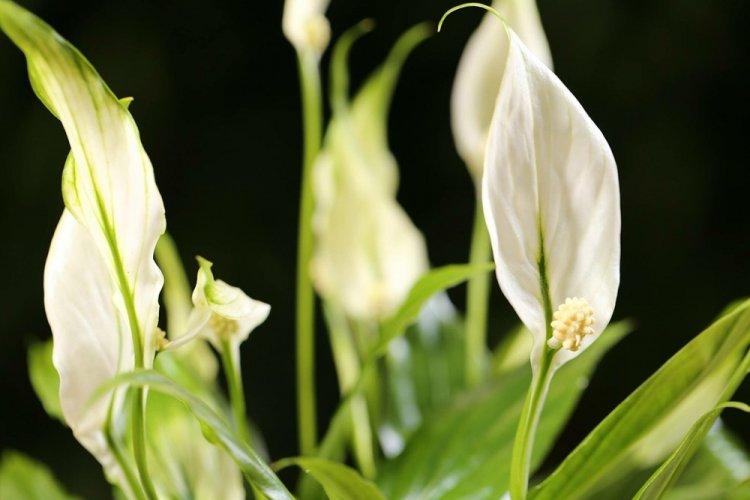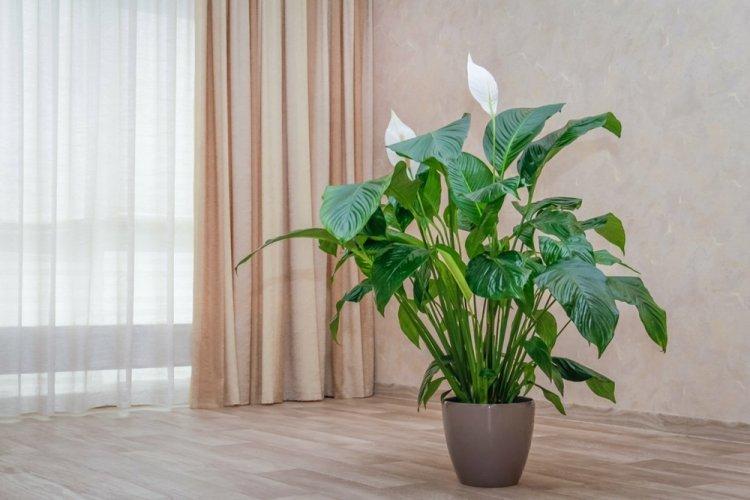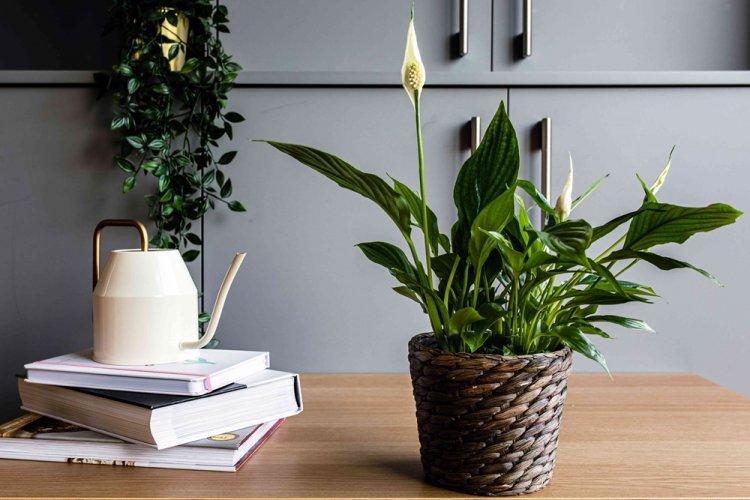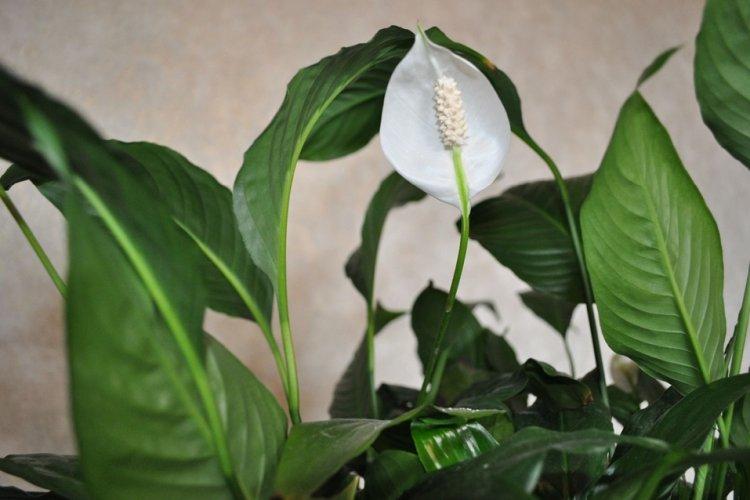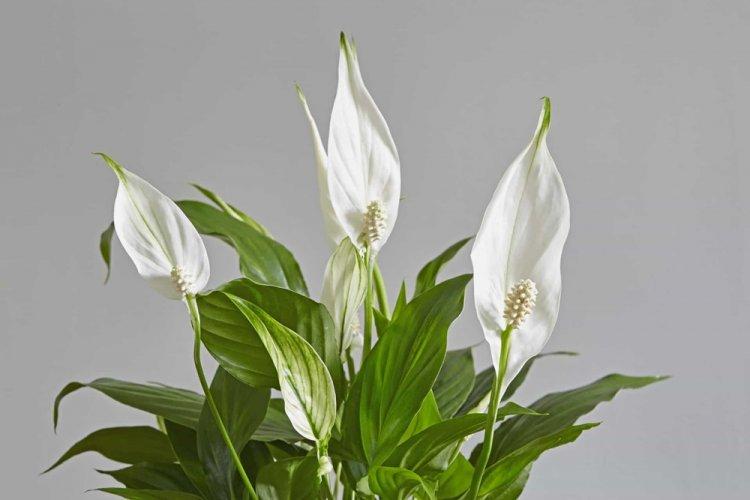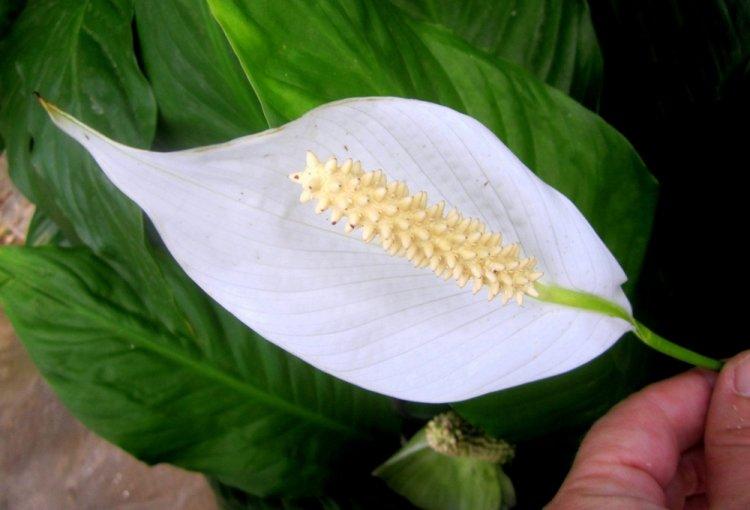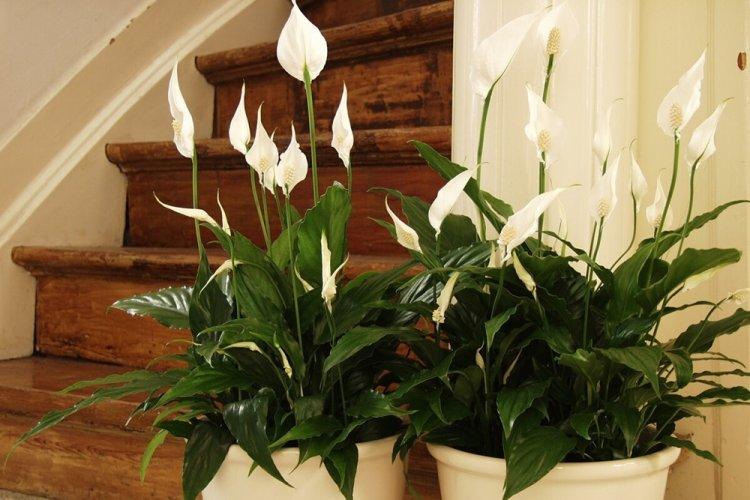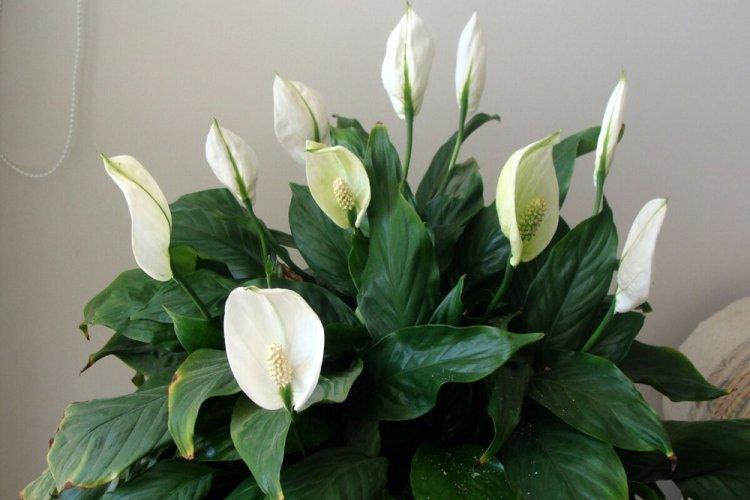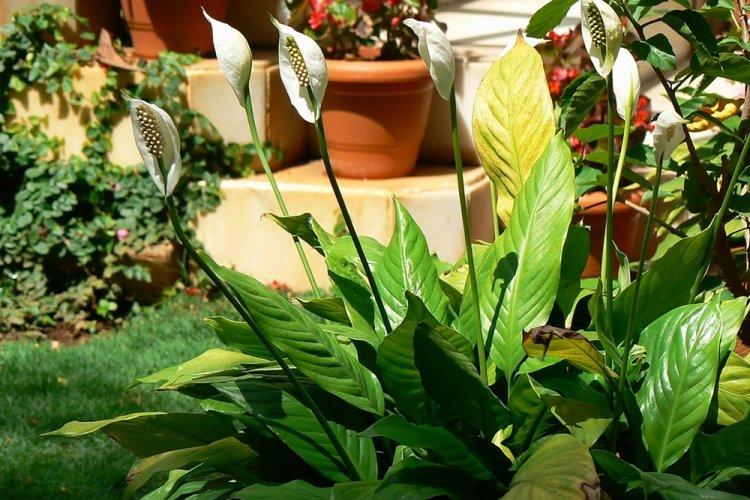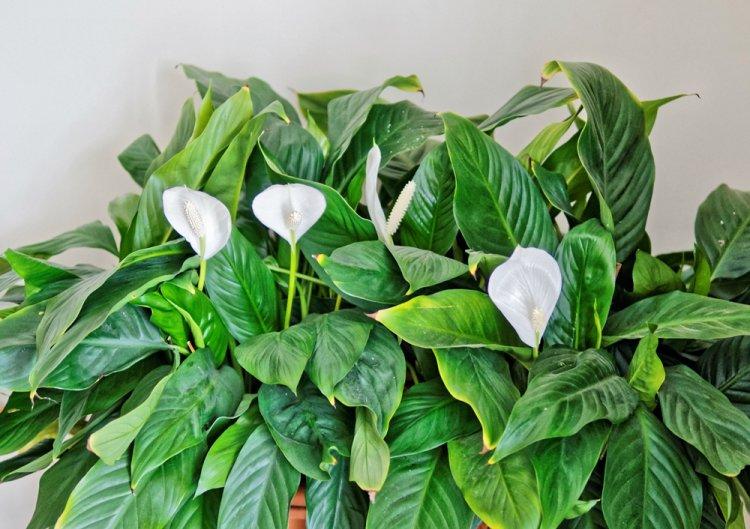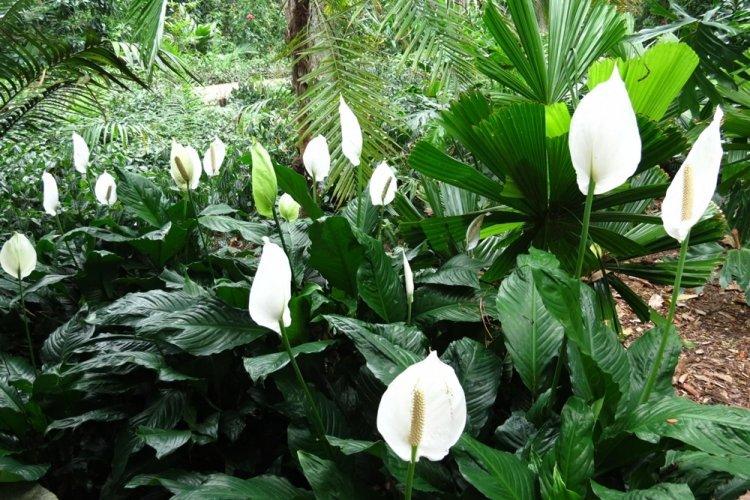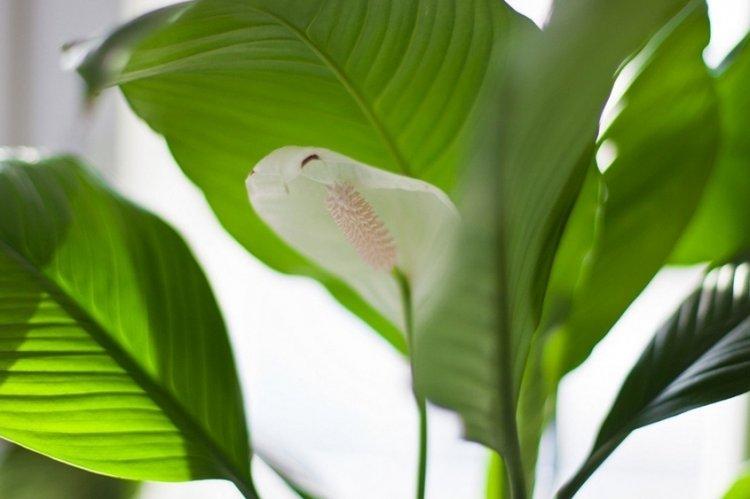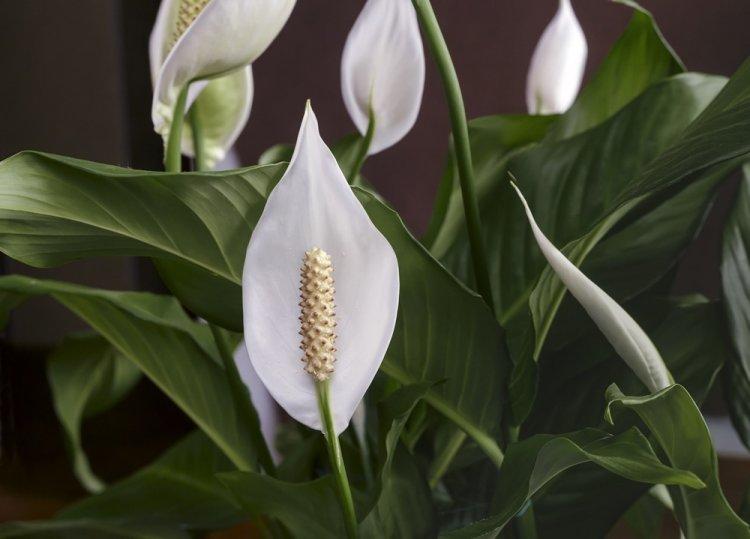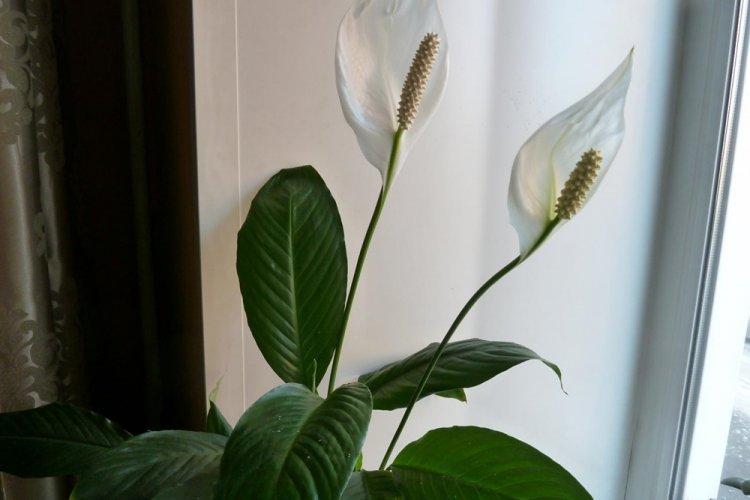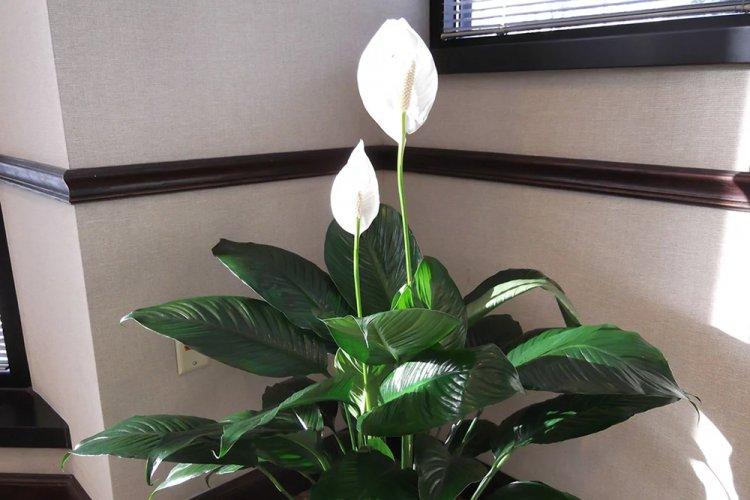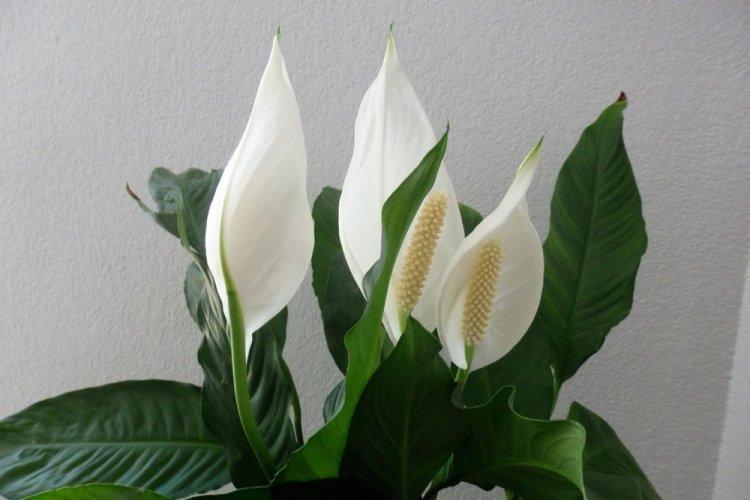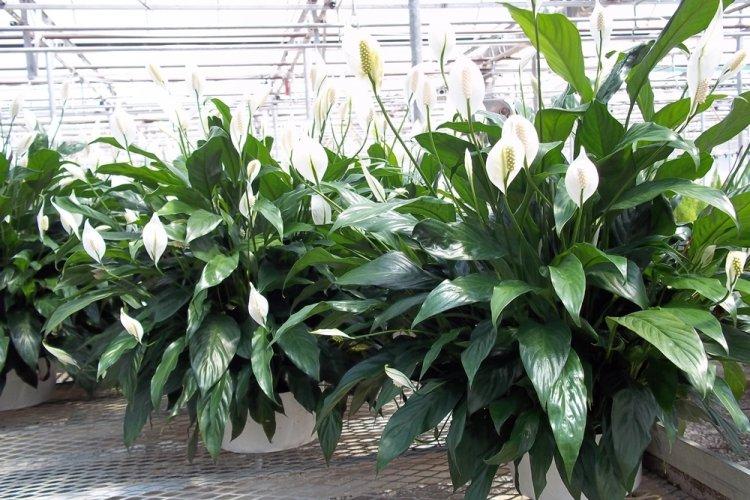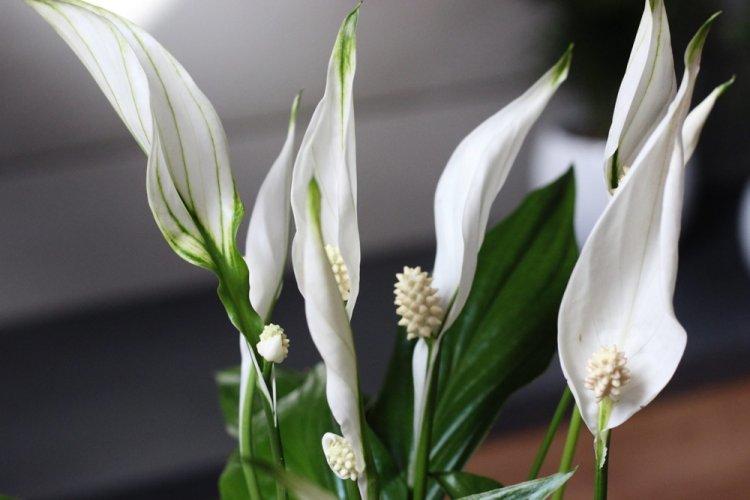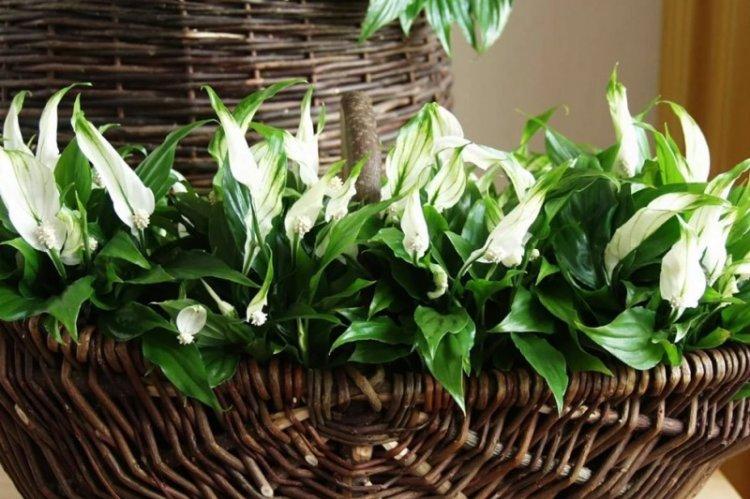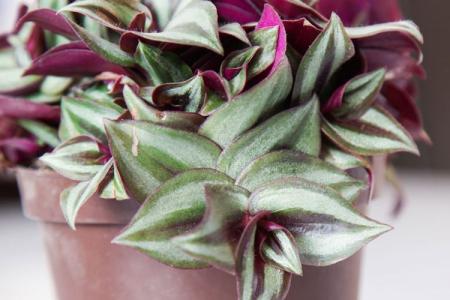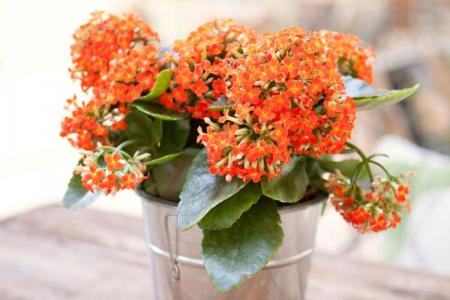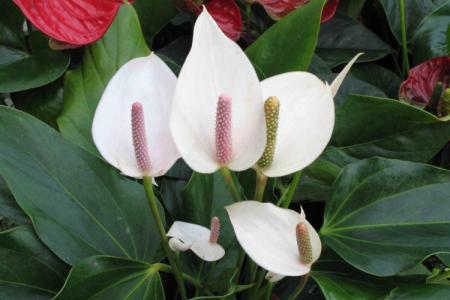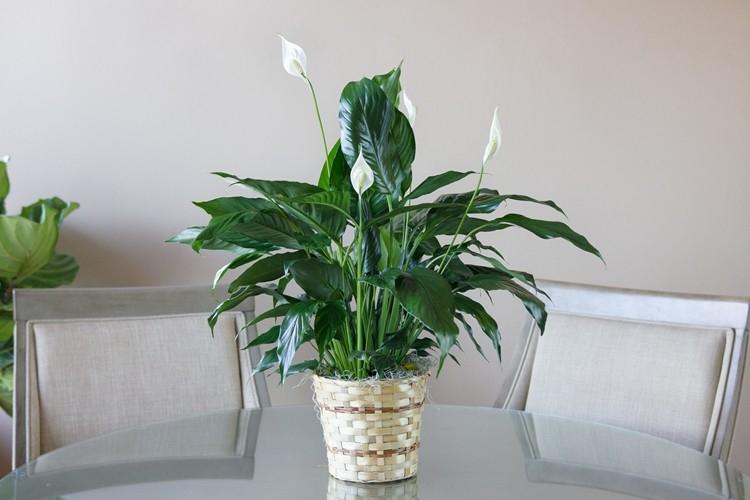
Behind the not very euphonious name "spathiphyllum" hides a real star of home green corners. This plant cannot be confused with any other, because it has not only an unusual large flower, but also very bright and spectacular characteristic leaves. Let's take a closer look!
general information
The name spathiphyllum is actually very telling: it is formed from two words - "veil" and "leaf". And it is difficult to describe a spectacular flower even more succinctly and at the same time succinctly. Large and rigid oval or lanceolate leaf plates grow from the very root.
Spathiphyllum is a perennial flowering plant that in the spring produces a small inflorescence-ear on a large wide "blanket". Back in the nineteenth century, the people called it "female happiness" and used it as a kind of amulet. It was believed that its strong energy is able to extinguish any conflicts and discord in the house.
The dark green, dense foliage contrasts spectacularly with the white flowers. At the same time, spathiphyllum has a very delicate, light and soft aroma. Several flowerpots replace full-fledged green seedlings and help transform the room, breathing life into it. It's also a great natural air purifier because the phytoncides in its leaves can suppress even volatile chemicals.
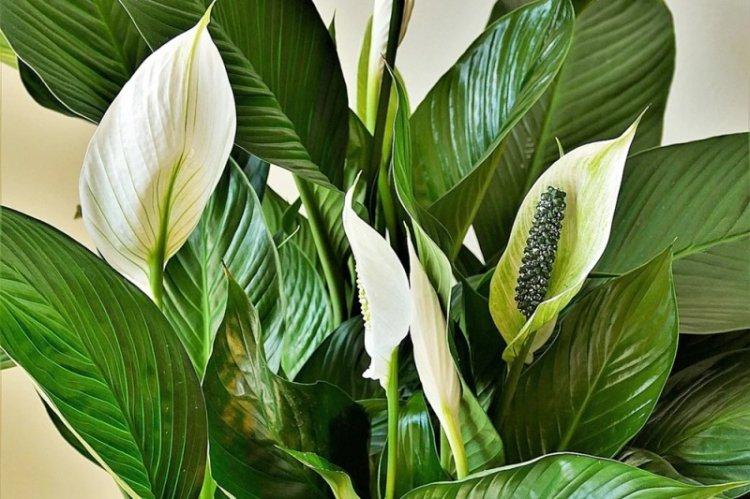
Types of spathiphyllum
Despite the external similarity of different varieties, Spathiphyllum is a rather large genus, which unites almost fifty varieties. Some of them can be found in nature - in the Brazilian and Colombian rainforests. Some are exceptionally decorative and bred specifically for home seedlings.
Spoon-shaped spathiphyllum
The classic Brazilian species grows in dense shrubs up to a meter in height. Dark oblong leaves stretch up to 40 cm and have a remarkable shiny glossy texture. A wide oval blanket protects a long ear on a high petiole.
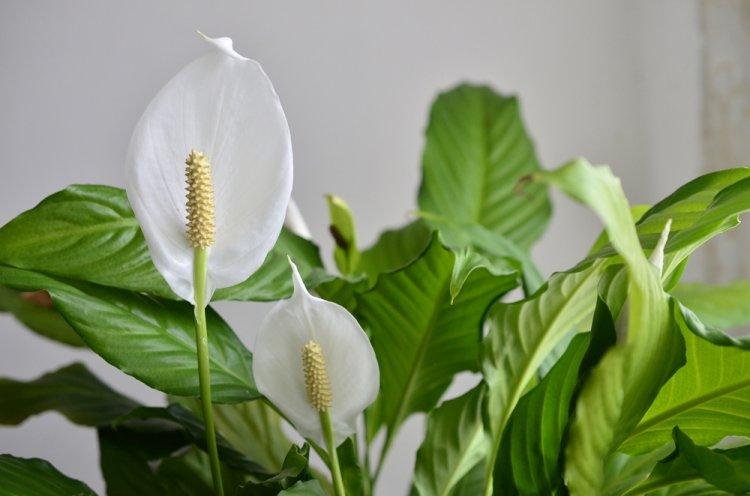
Adorable spathiphyllum
The adorable spathiphyllum differs from its congeners in the form of a veil that resembles a flag. Several inflorescences bloom on one bush, which stand out against the background of contrasting dark leaves with a curved tip. For its characteristic shape during flowering, the people called this type of spathiphyllum flagolite.
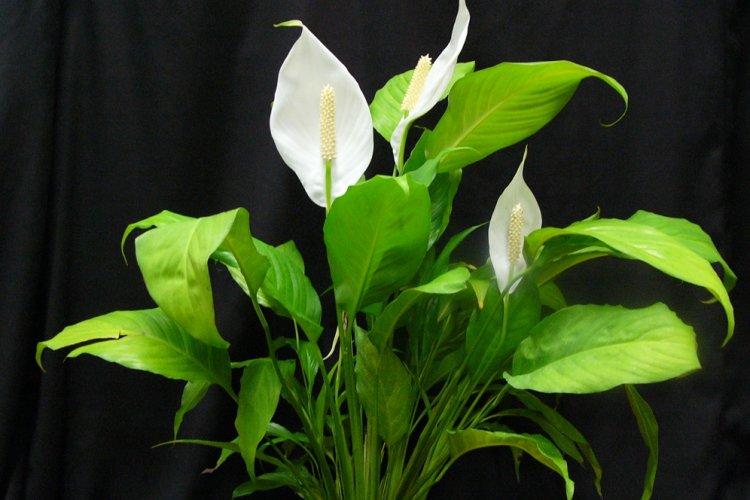
Cannoli spathiphyllum
A variety with a difficult name came to our latitudes straight from Thailand and Venezuela. It has very dark and showy leaves, and the classic yellowish-greenish ear is notable for its strong expressive smell. The cover of cannoli spathiphyllum is also not pure white, but with a greenish tint.
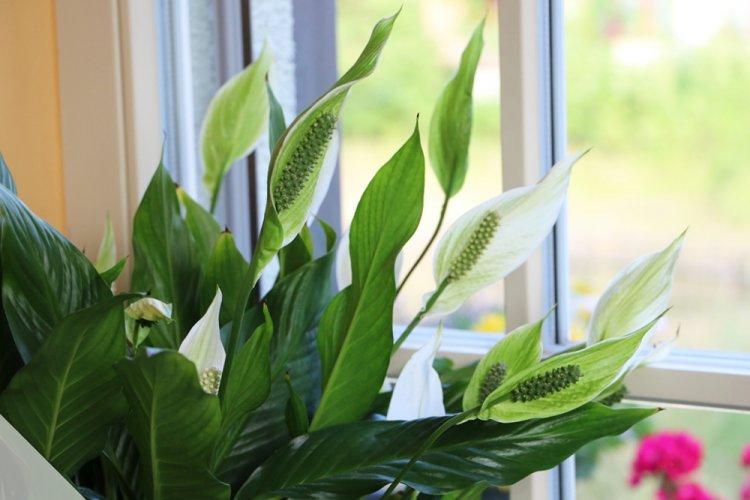
Spathiphyllum Heliconiophyllum
This is one of the most unusual species of spathiphyllum and it comes from the Brazilian tropics. A tall shrub up to a meter is notable for long oval leaves with pointed edges and a wavy edge. Moreover, the length of the leaves can be up to half a meter and they are often covered with light variegated spots. A wide cover completely hides a short ear, which varies in color from white to almost black.
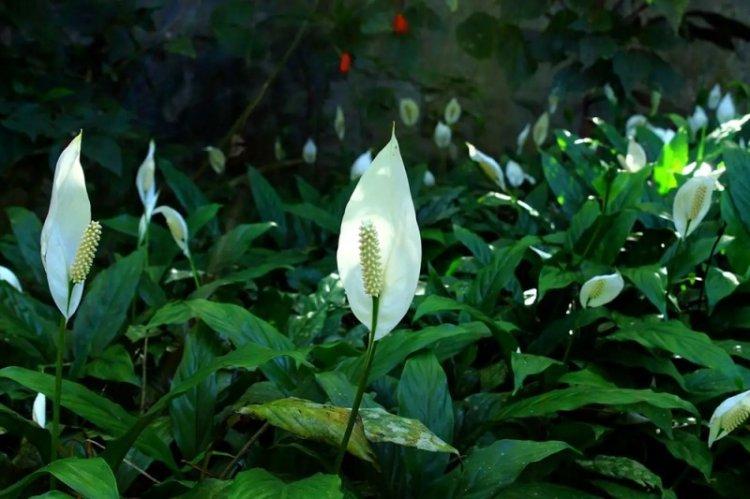
Abundantly flowering spathiphyllum
This is a small compact Colombian shrub, which in its natural environment grows up to only 50 cm. At the same time, the length of the leaves reaches 25 cm, due to which the abundant flowering spathiphyllum really looks very impressive.
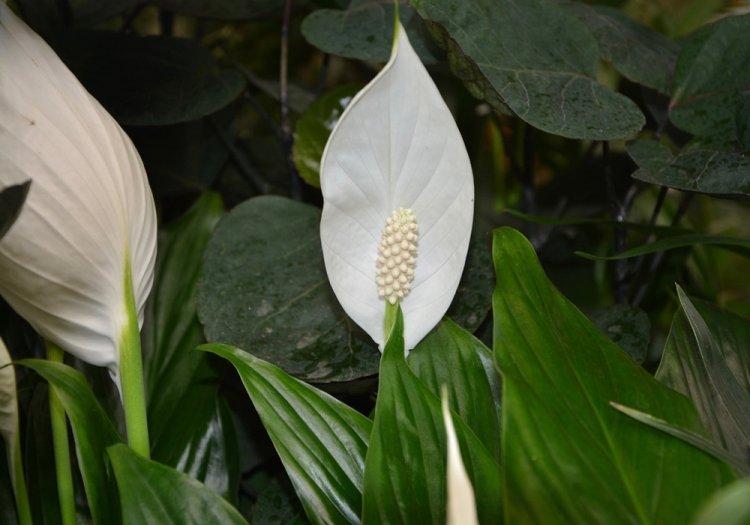
Wallis Spathiphyllum
Another compact Colombian species, even less abundant - up to 30 cm tall. The bedspread is directed straight up, so it gracefully sets off and hides the ear. At home, Wallis' spathiphyllum fell in love with flower growers for its lush and long flowering.
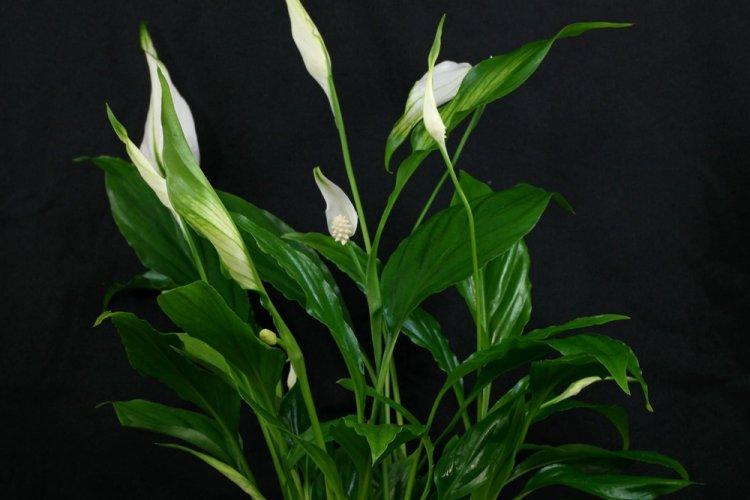
Spathiphyllum care
Spathiphyllum is surprisingly unpretentious, it has only one main requirement - moisture. And then large decorative leaves will delight you for years!
Temperature
Spathiphyllum does not tolerate frosts and sudden cold snaps, and its ideal temperature is about 22 degrees. If the thermometer falls to 10 degrees and below, the plant begins to rot and dies. It is better not to lower the temperature below 18, and in winter - below 16 degrees.

The soil
Spathiphyllum is planted in ordinary soil mixtures for indoor deciduous flowers. You can mix the soil yourself from sod or deciduous soil, sand, peat and humus in equal proportions.
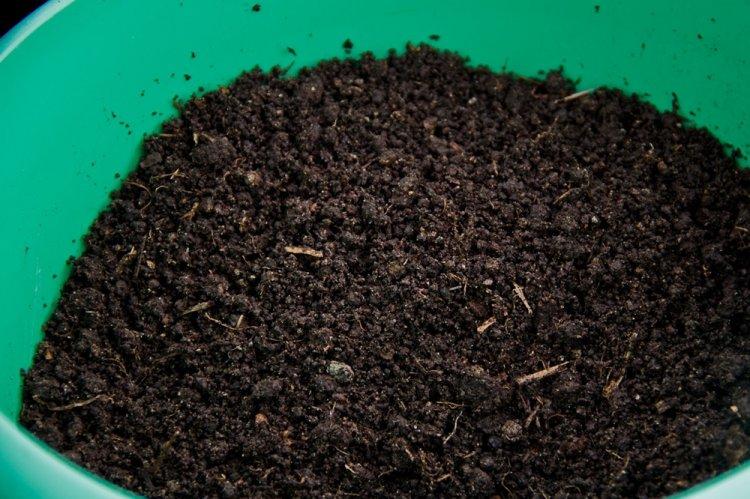
Lighting
Spathiphyllum is a tropical guest in our latitudes, so naturally it loves sunlight. Better to put flowerpots on the southern windows or buy fluorescent lamps in advance. In the shade, the flower will also grow, but the bush will not be so thick and large, it will not be able to bloom normally.
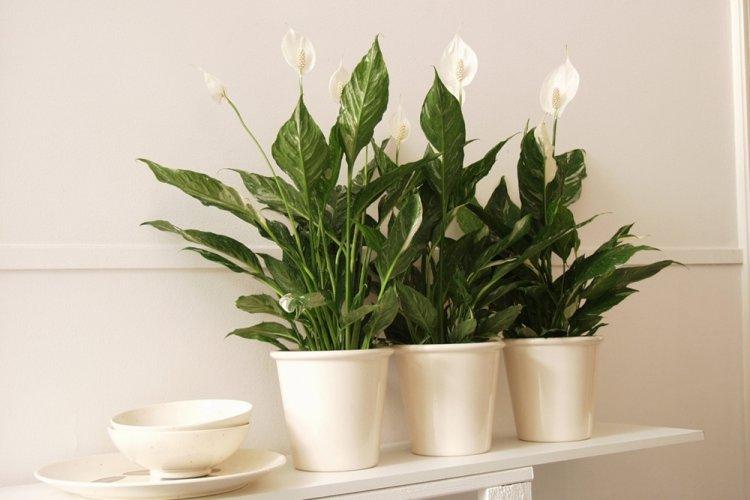
Watering
Be sure to moisten not only the soil, but also the leaves of the plant. Spathiphyllum needs constant spraying and high humidity in the room. To maintain a stable regime, place the flowerpot on a pallet with fine wet expanded clay. In the summer heat, a warm shower will not be superfluous, because even with regular spraying, the leaves dry out 2-3 times a day.
Water the flower only with water that has been settled in advance, which has stood for at least a day. In winter, you can reduce the frequency a little, but the expanded clay in the pallet should still be wet. In the case of spathiphyllum, there is practically no risk of over-watering, but if something goes wrong, you will immediately notice it by the dark spots on the leaves.
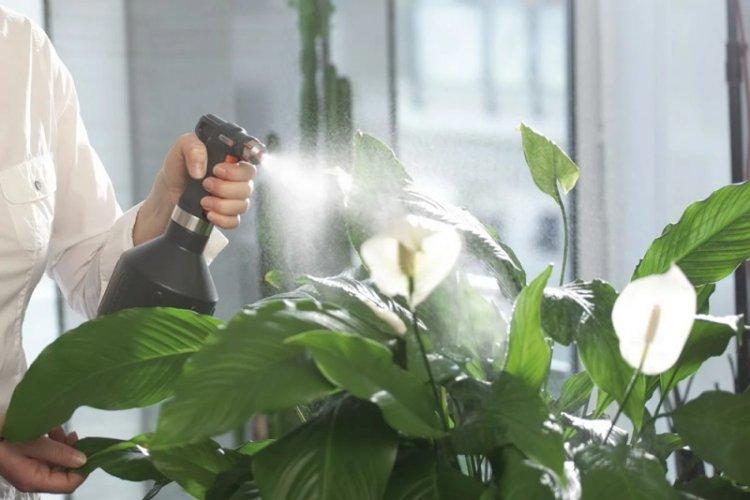
Fertilizers and feeding
Regular feeding is an obligatory companion of spathiphyllum from early spring to mid-autumn. A flower with such dense foliage and a large veil requires a lot of minerals. For feeding, use solutions of low concentration and alternate mineral fertilizers with mullein. In winter, feed the flowerpot once a month or skip fertilizer altogether.
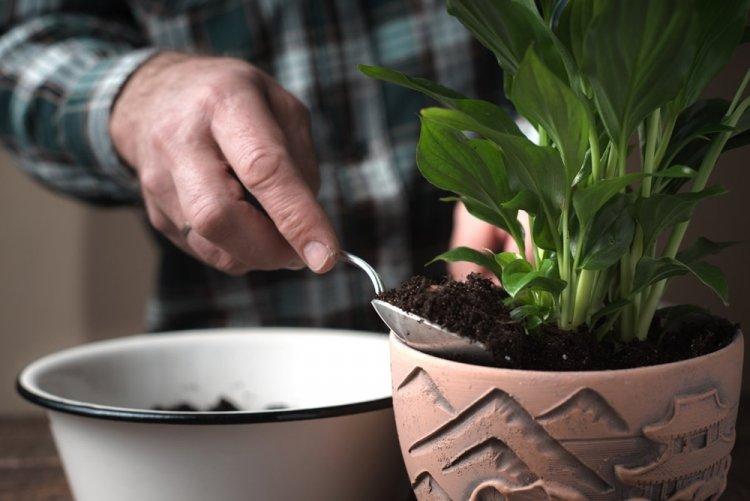
Flowering and pruning
During flowering, the plant requires even more intensive watering than usual. But it is fundamentally important that water from a watering can or sprayer does not fall on the cob and cover. When the spathiphyllum has faded towards the end of summer, be sure to cut the peduncle as close to the rhizome as possible.
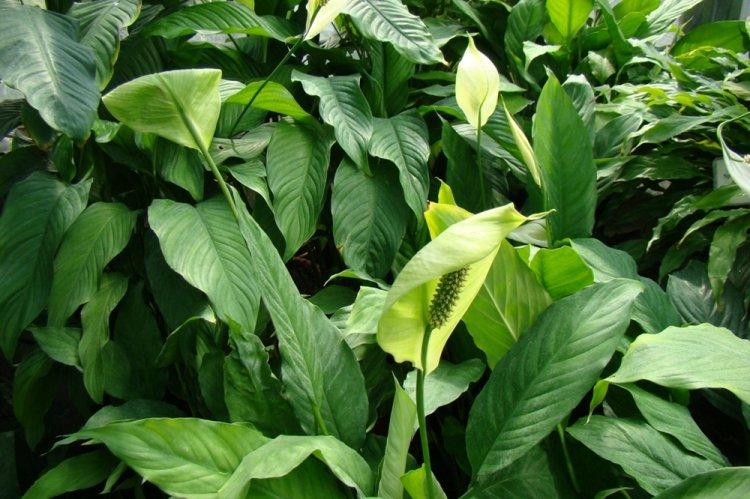
Transplant and reproduction
Spathiphyllum reproduces, like most indoor flowerpots - by cuttings or division. In the first case, use wet sand for rooting and water it regularly until a complete root system appears. After that, the flower can be transplanted into a separate pot with soil mixture.
In the second case, the rhizome was divided into several parts during transplantation and seedlings in different flowerpots. Each part should have at least one "stem" and 2-3 leaves. Spathiphyllum is transplanted when a lush bush ceases to fit in its pot. At this time, he needs even more watering and spraying, and a stable high temperature.
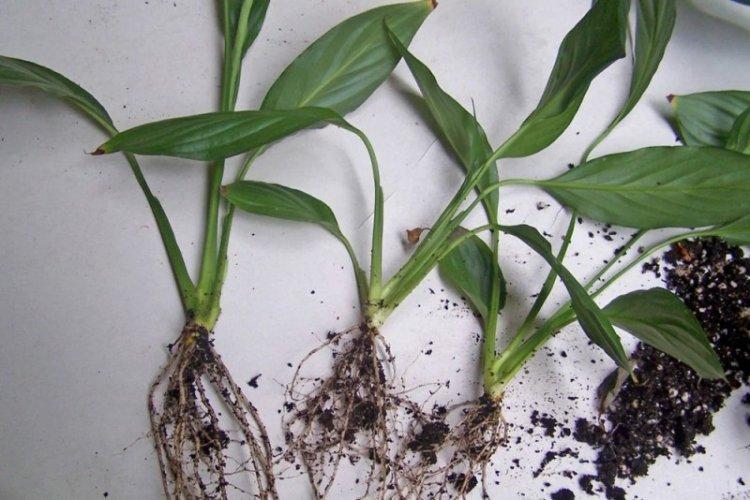
Pest and disease control
Spathiphyllum is a completely home flower in our latitudes, so it has few potential pests. The most common parasites are aphids and spider mites, which are excellently helped by regular bathing procedures. If you constantly wipe the leaves with a sponge, then you don't even need treatment with nicotine sulfate or insecticides.
If your spathiphyllum flatly refuses to bloom for more than the first season, most likely it is too cold, lacks fertilizer or moisture. It is still very rare that very old pots bloom, so do not forget to periodically update your pet.
The second characteristic sign of a lack of watering and bathing is yellowing leaves. To cure the flower, restore the regimen as soon as possible and arrange weekly baths for it. But if the leaves turn black, this is the root system rotting: from the cold, lack of minerals or excess moisture.
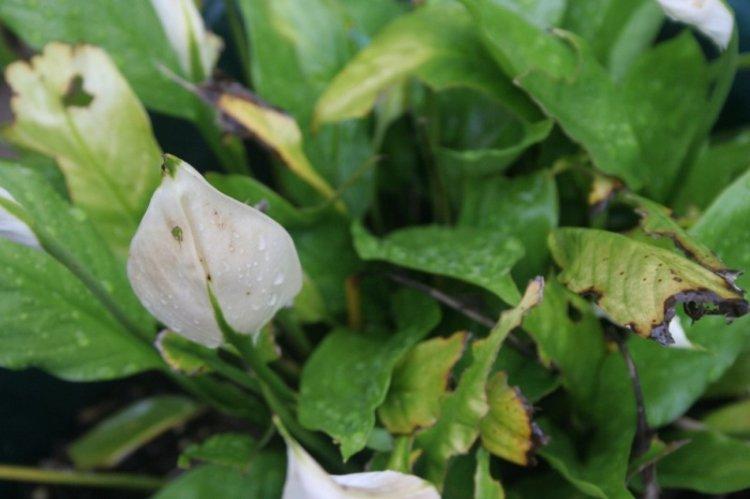
Spathiphyllum - photo
As we have already found out, spathiphyllum is not particularly capricious and demanding in everyday life. But he is still appreciated not so much for this, as for the stunning beauty. Just look at the photo!
